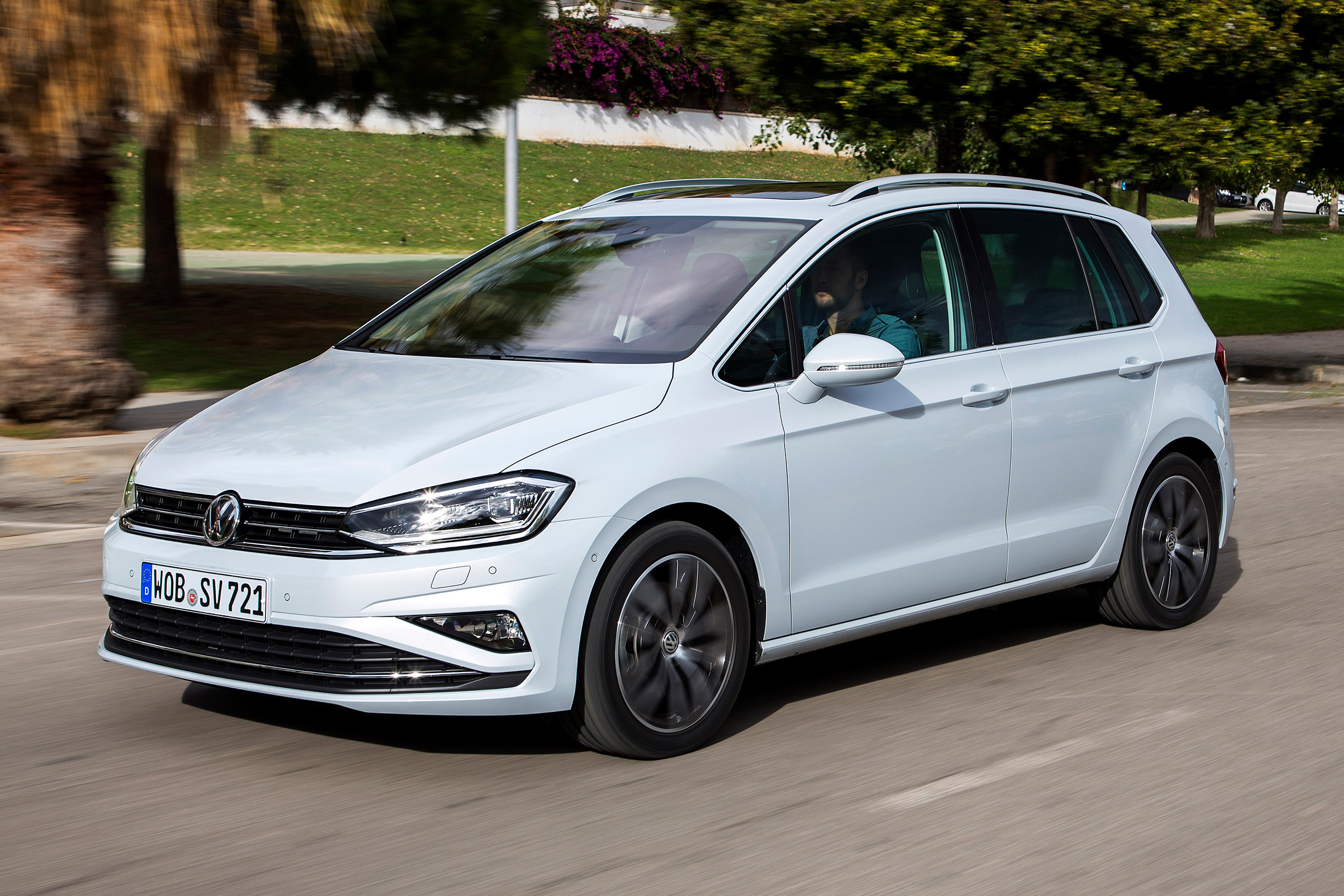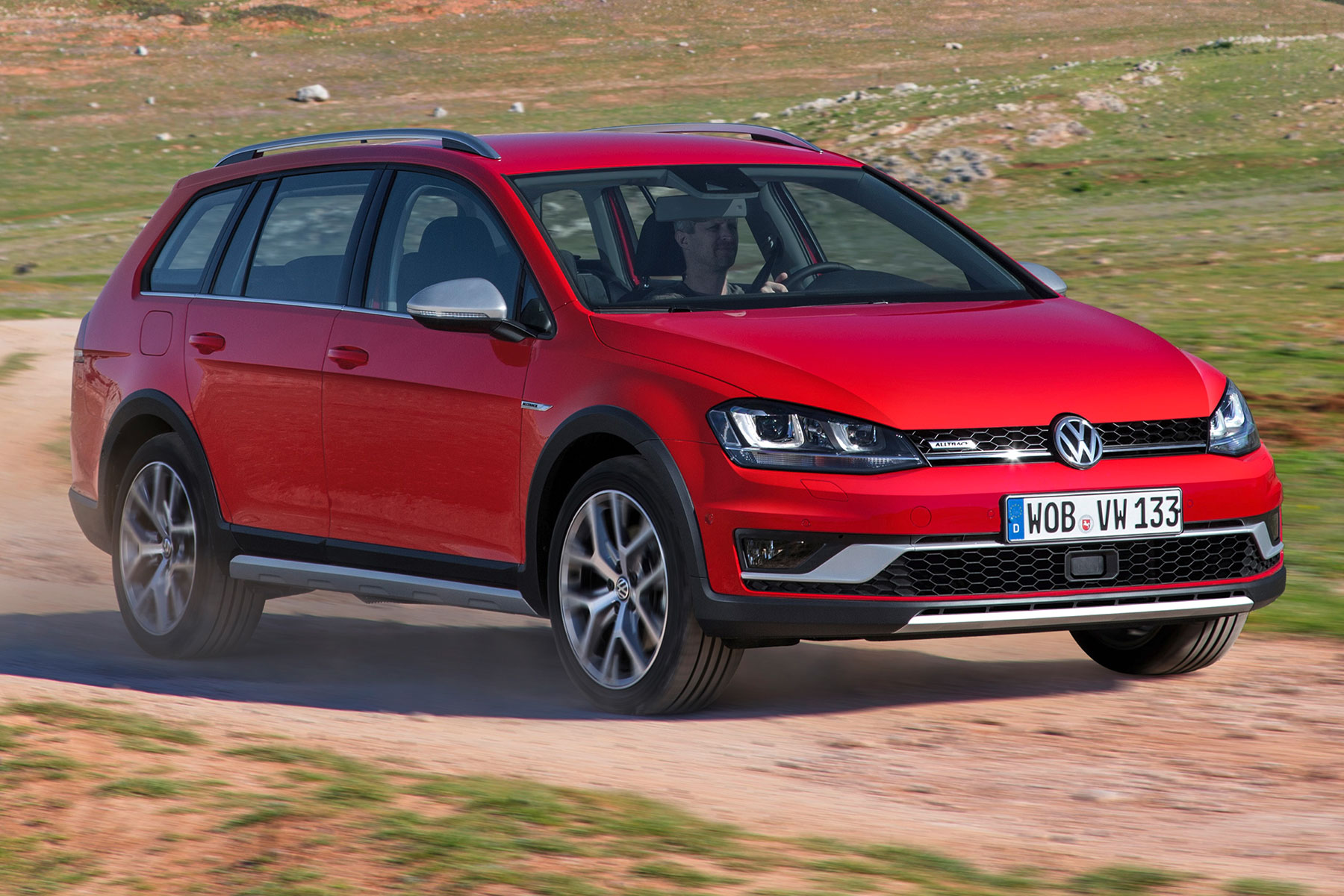


Here’s the lowdown on what to look for when buying one used. Those who can live without that car’s groovier styling and more up-to-the-minute technological trinkets will find that the honest-to-goodness e-Golf still proves to be a very viable alternative at prices now starting from around £12,000 on the second-hand market. The latest Golf 8 range, launched that same year, features a plug-in hybrid model, but buyers in the market for a fully electric compact hatchback are now catered for by the ID.3. Production of the e-Golf ended in late 2020, after just over 145,000 examples had rolled off the line.
VOLKWAGEN GL GOLF REVIEW DRIVERS
By enabling drivers to experience electric driving in the innately familiar surroundings of one of the world’s most popular and trusted hatchbacks, it helped to validate the technology and boost its accessibility and appeal to a mainstream audience. The e-Golf has arguably played a starring role in the evolution of electrification.

It’s not to be confused with the Golf GTE, a plug-in hybrid positioned as a more planet-friendly alternative to the coveted GTI and GTD models.
VOLKWAGEN GL GOLF REVIEW MOD
Available exclusively in five-door form, the e-Golf’s 24 kWh electric motor and single-speed automatic transmission delivered the equivalent of 113 bhp and a potential range of up to 118 miles, and it was complemented by a single trim level which provided a generous helping of mod cons. Amid all the fanfare surrounding Volkswagen’s new, futuristically styled ID.3, it’s easy to forget that the brand’s hallmark Golf actually stole a march on the trendy young upstart when it launched in fully electric form way back in 2014.Īlthough Volkswagen has dabbled with electrification for its stalwart hatchback pretty much since its debut in the Seventies, it was only when the seventh iteration appeared that an exclusively electric option became fully integrated into the range.


 0 kommentar(er)
0 kommentar(er)
